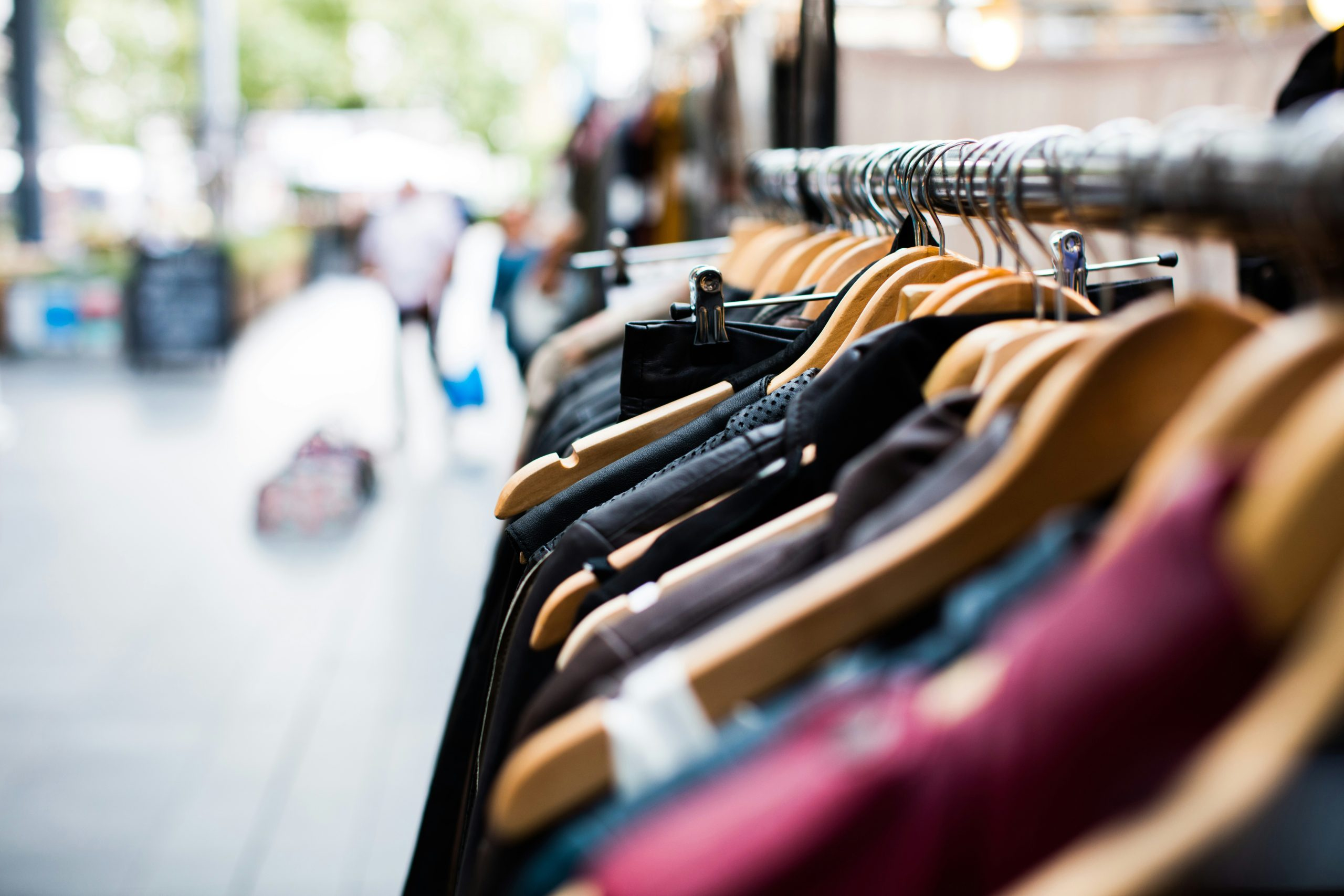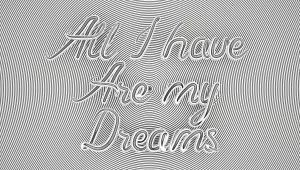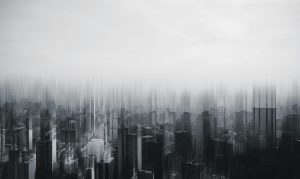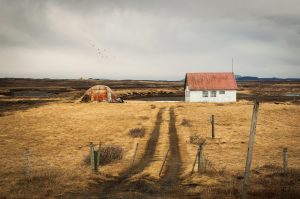Post-Apocalyptic Folkwear: Chernobyl’s DIY Fashion Renaissance
The idea of a fashion renaissance may evoke images of chic runways and haute couture, but in the heart of Eastern Europe lies a subculture of DIY fashion that is anything but conventional. In the wake of the catastrophic Chernobyl nuclear disaster, the surrounding areas have become a hotbed for what is known as Post-Apocalyptic Folkwear. With an unconventional and rebellious spirit, these fashion rebels have transformed the bleak and desolate landscape into a unique and striking style.
The Origins of Post-Apocalyptic Folkwear
The Chernobyl nuclear power plant explosion of 1986 was one of the worst man-made disasters in modern history. The aftermath left millions of acres of land contaminated with radiation, and the town of Pripyat, Ukraine, was forever abandoned. However, for some, the ruins of this post-apocalyptic landscape became a source of inspiration for a new type of fashion.
The DIY fashion movement in the Chernobyl Exclusion Zone is believed to have originated in the early 2000s when a group of artists, photographers, and adventurers started exploring the abandoned sites. Fascinated by the eerie and desolate atmosphere, they began incorporating the discarded debris and materials into their fashion, creating a distinct style that would eventually become known as Post-Apocalyptic Folkwear.
The Aesthetic of Post-Apocalyptic Folkwear
Post-Apocalyptic Folkwear is an eclectic mix of styles, drawing inspiration from traditional Slavic costumes, punk fashion, and post-apocalyptic films and literature. It embraces a rugged and DIY approach, with a focus on sustainability and repurposing materials.
The signature look of Post-Apocalyptic Folkwear is a combination of handmade pieces and found objects from the abandoned buildings in the Exclusion Zone. These may include gas masks, worn out army boots, and pieces of metal and wire. The fashion also incorporates natural elements such as feathers, fur, and bones, giving the style a primitive and primal feel.
The Rise of DIY Fashion Rebels
Despite the fact that the Chernobyl Exclusion Zone is still a restricted area, more and more artists and designers are flocking to this post-apocalyptic playground in search of inspiration. Some even choose to camp out in the abandoned buildings and explore the surrounding areas for materials to incorporate into their fashion.
One of the most famous designers to emerge from this scene is Yulia Yavnoshan, who runs the brand “Lesikky,” named after the Soviet children’s book character. She creates unique pieces of clothing and accessories using materials found in the exclusion zone, such as gas masks and metal scraps. Her designs have gained international recognition and have been featured in fashion magazines and galleries around the world.
Other designers, such as Ksenia Marchenko and Lisa Prytula, have also gained a following for their post-apocalyptic fashion creations. Their designs often include elements of Ukrainian folklore and traditional embroidery, giving the fashion a sense of heritage and cultural significance.
The Relevance of Post-Apocalyptic Folkwear
Post-Apocalyptic Folkwear is not just about fashion; it is also a form of self-expression and a commentary on the modern world. It challenges the mainstream notions of beauty and consumerism and promotes a more sustainable and environmentally conscious way of dressing.
In a world where fast fashion dominates and mass production has taken over, the DIY fashion movement offers a refreshing and rebellious alternative. It encourages people to think outside the box, repurpose materials, and create something unique and personal.
In Conclusion
The Post-Apocalyptic Folkwear fashion movement may have originated from a tragic event, but it is now a symbol of resilience, creativity, and individuality. Despite the harsh conditions and dangers of the exclusion zone, these fashion rebels have created a vibrant and thriving community, showcasing the power of fashion to transcend boundaries and challenge norms.
Post-Apocalyptic Folkwear may not be for everyone, but it serves as a reminder that even in the most desolate and difficult circumstances, beauty and creativity can still flourish.











